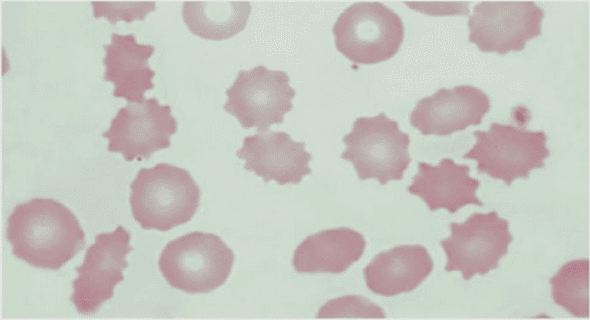(Downloads - 0)
For more info about our services contact : help@bestpfe.com
Table of contents
INTRODUCTION
1. THE HUMAN GUT MICROBIOTA
1.1. The human gut microbiota: environment and composition
1.2. Physiological roles
1.2.1. Food – gut microbiota interactions
1.2.2. Host – gut microbiota interactions
1.3. Health issues
1.3.1. Inflammatory Bowel diseases
1.3.2. Colorectal cancer
1.3.3. Metabolic diseases
1.4. Bacteroides: colleagues or traitors?
1.4.1. Beneficial effects
1.4.2. Deleterious effects
1.4.3. Carbohydrate foraging by Bacteroides species
2. GLYCOSIDE-PHOSPHORYLASES, THESE FASCINATING CARBOHYDRATE ACTIVE ENZYMES
2.1. The CAZy classification
2.2. Bacterial genomic organisation of CAZy encoding genes: the Bacteroidetes Polysaccharide Utilisation Loci (PULs)
2.3. Glycoside Phosphorylases
2.3.1. GP catalytic mechanisms
2.3.2. GP classification and substrate specificity
2.3.3. GP structures
2.3.4. Focus onto the Glycoside Hydrolase 130 family
2.3.5. Biotechnological applications of glycoside phosphorylases
3. MANNOSIDE RECOGNITION AND DEGRADATION BY BACTERIA
3.1. Introduction
3.2. Diversity of mannosides structures
3.2.1. Eukaryotic mannosides
3.2.1.1. MAMMALIAN MANNOSIDES
3.2.1.2. PLANT MANNOSIDES
3.2.1.3. SPECIFICITIES OF YEAST AND FUNGAL MANNOSIDES
3.2.1.4. PROTOZOAN MANNOSIDES
3.2.2. Prokaryotic mannosides
3.3. Eukaryotic Mannosides Recognition by bacteria
3.4. Mannosides Degradation by micro-organisms
3.4.1. Soil and spring bacteria
3.4.2. Plant associated bacteria
3.4.3. Mammal gut bacteria
3.5. Conclusion
BIBLIOGRAPHY



